During the period September 2017 to December 2017 I have focused on one aspect of my Final Project Tilbury to Harwich and Journey along the coastline of Essex which are the four piers at Southend-onSea, Clacton-on-Sea, Walton and Harwich. The work combines physical process of exploration alongside the mental and emotional processes of understand of the visual artifice that surrounds us. This micro-project within the broader body of work is titled “Piers – Points of Departure” each pier representing a potential set of decisions that relate to the resolution of my project and more broadly how I now intend to develop my practice. I am not the only photographer to have undertaken a body of work that focuses on our relationship with the leisure piers on the UK coast. Probably the best-known work on the subject is by Simon Roberts which was published as a book Pierdom in 2013. His artist statement associated with the work describes the historical importance of piers and their zenith in the Victorian era for a gradual decline that has now started to reverse with a renewed interest in piers as historical and architectural objects. Most notably the recent the critically acclaimed work to restore Hastings Pier (Architecture.com, 2017) on the Sussex coast has won multiple RIBA awards.
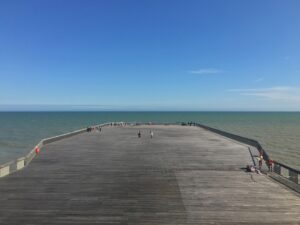
The coastline represents a physical border between land and sea which is not fixed due to movement caused by factors such as tidal erosion. The recent decision to leave Europe has resulted in renewed interest in boundaries and borders and my journey along part of it maybe reflect the importance of that topic to the people of Essex who were in favour of leaving Europe caused triggered by subjects such as immigration.
Piers before they became places to spend leisure time where key points of entry and departure on the coast. They are perpendicular to the coastline extending significant distances into the fluid unformed water. This is especially true of the pier at Southend-on-Sea which is 7,080ft long.
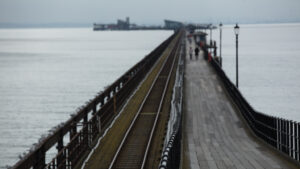
During the Victorian era, they became a place for gentle perambulation in the body of work I have captured and image for each pier that invites the readers gaze to visually walk along the pier.
As mentioned earlier piers have existed for hundreds of years to allow the embarkation and disembarkation of goods and people which has resulted in the need for strong superstructures to with stand the motion of the sea and the winter storms that sometimes occur and the work examines the different structures.
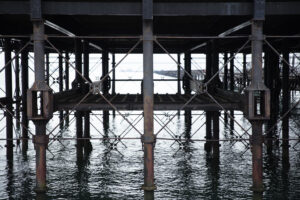
The decks of all the piers are made of wood that ages with time and over the years they have become marked by the footsteps of people walking along the pier and the environmental elements. The wood capturing a trace of those events.
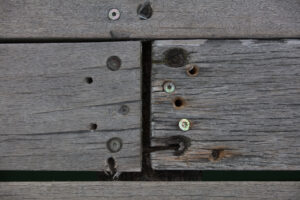
I explored using a non-lens based process of reproduction namely taking rubbings. The resulting impressions reminded me of the surface of the water that surrounds the piers at high tide allowing land and sea to merge harmoniously together.
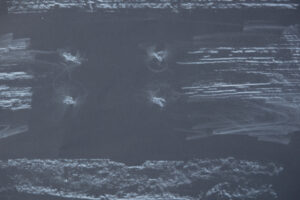
The pier is a permanent structure but our habitation of the pier is only temporary so we must depart into heading towards our tomorrow.
The CRJ reduced size version of my work in progress portfolio for Sustainable Prospects is attached.
WIP-Sustainable-Prospects-Simon-Fremont-CRJ
References
- Architecture.com. (2017). Hastings Pier. [online] Available at: https://www.architecture.com/awards-and-competitions-landing-page/awards/riba-regional-awards/riba-south-east-award-winners/2017/hastings-pier [Accessed 13 Dec. 2017].

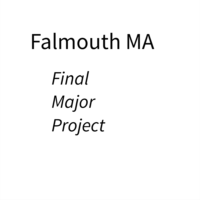
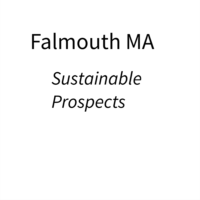
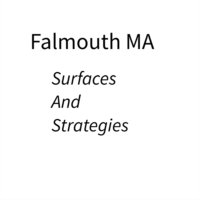

Pingback: Don’t Give Up The Day Job – Workshop